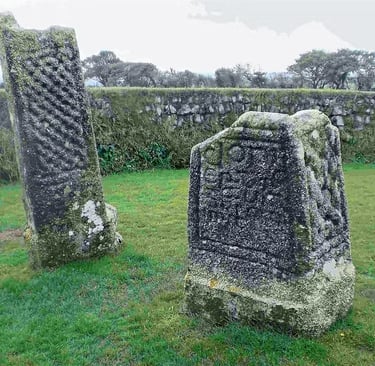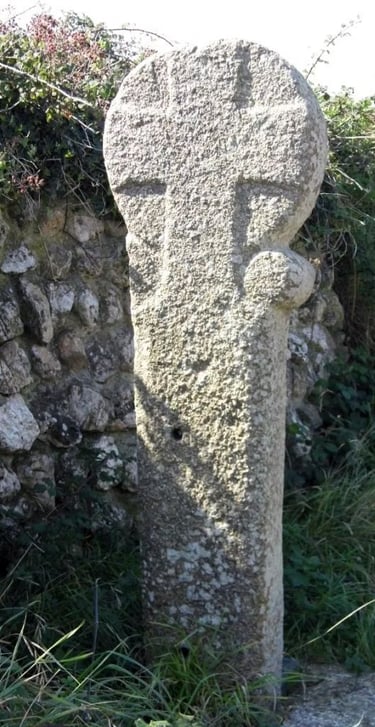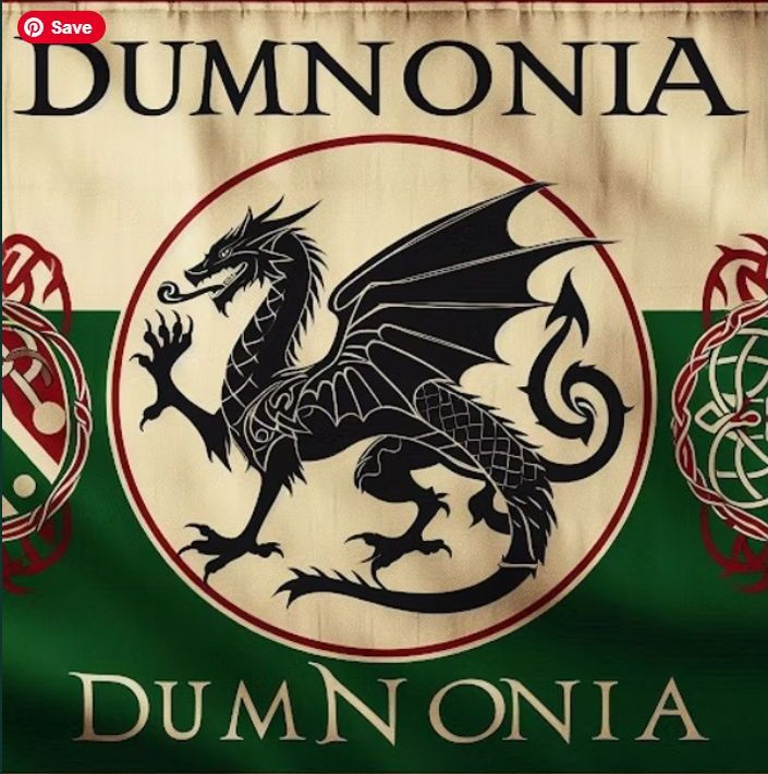ARCHEOLOGY
Archaeological discoveries and artefacts related to the Kingdom of Dumnonia
1. Inscribed Stones
Example: The Doniert Stone, found in the late 19th century, is an inscribed memorial stone believed to commemorate King Doniert, a notable ruler of Dumnonia. It features carvings that include Latin inscriptions and intricate designs.
-Significance: Such stones provide evidence of the literacy and culture in Dumnonia, reflecting both Celtic artistry and the influence of Christianity.
2. Cornish Crosses
-Description: Numerous early medieval stone crosses can be found throughout Cornwall. Many are intricately carved and date back to the 5th to 7th centuries.
-Significance: These crosses often showcase Christian iconography, indicating the spread of Christianity in Dumnonia and serving as memorials or markers for essential sites.
3. Gold and Silver Hoards
-Example: The discovery of a hoard of gold and silver jewellery, such as the hoard from St. Cleer (which includes items such as brooches and rings).
-Significance: These artefacts point to the wealth and trade practices in the region, as well as the influence of both Celtic and Roman designs.
4. Roman and Late Roman Artefacts
-Description: Despite being a Celtic kingdom, Dumnonia was influenced by Roman occupation. Coins, pottery, and other goods derived from Roman trade and influence have been discovered.
-Significance: Roman artefacts indicate trade relations and cultural exchanges between Dumnonia and the Roman Empire.
5. Settlement Sites
Example: Excavations such as Tintagel Castle and Camelford have unearthed structures, pottery, and tools indicating settlement patterns and social organisation in early medieval Dumnonia.
-Significance: These sites reveal information about the living conditions and lifestyle of the people in Dumnonia and their interactions with neighbouring cultures.
6. Penchard and Ring Forts
Description: Earthworks, including hillforts and enclosed settlements, have been discovered, particularly around the moorlands of Cornwall and Devon.
-Significance: These sites were likely used for defence and indicated the political structure and warfare strategy of the Dumnonian tribes.
7. Ceramics and Pottery
Description: Various pottery forms, including locally made coarse ware and decorated dishes, have been found across Dumnonia.
-Significance: The styles and types of ceramics give insight into the domestic practices, trade, and artistic expression of Dumnonia's inhabitants.
8 . Coins and Currency
-Description: Coins discovered in Dumnonia, including those from both Celtic sources and later manufactured ones, show evidence of trade.
-Significance: These coins help trace economic transactions and connections with other regions, including trade routes and influences from neighbouring kingdoms.




